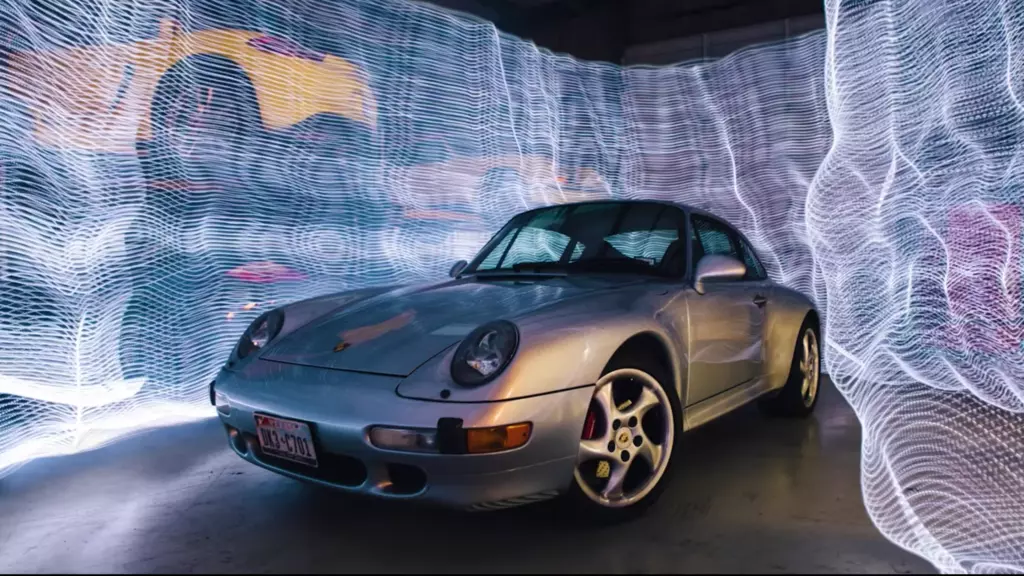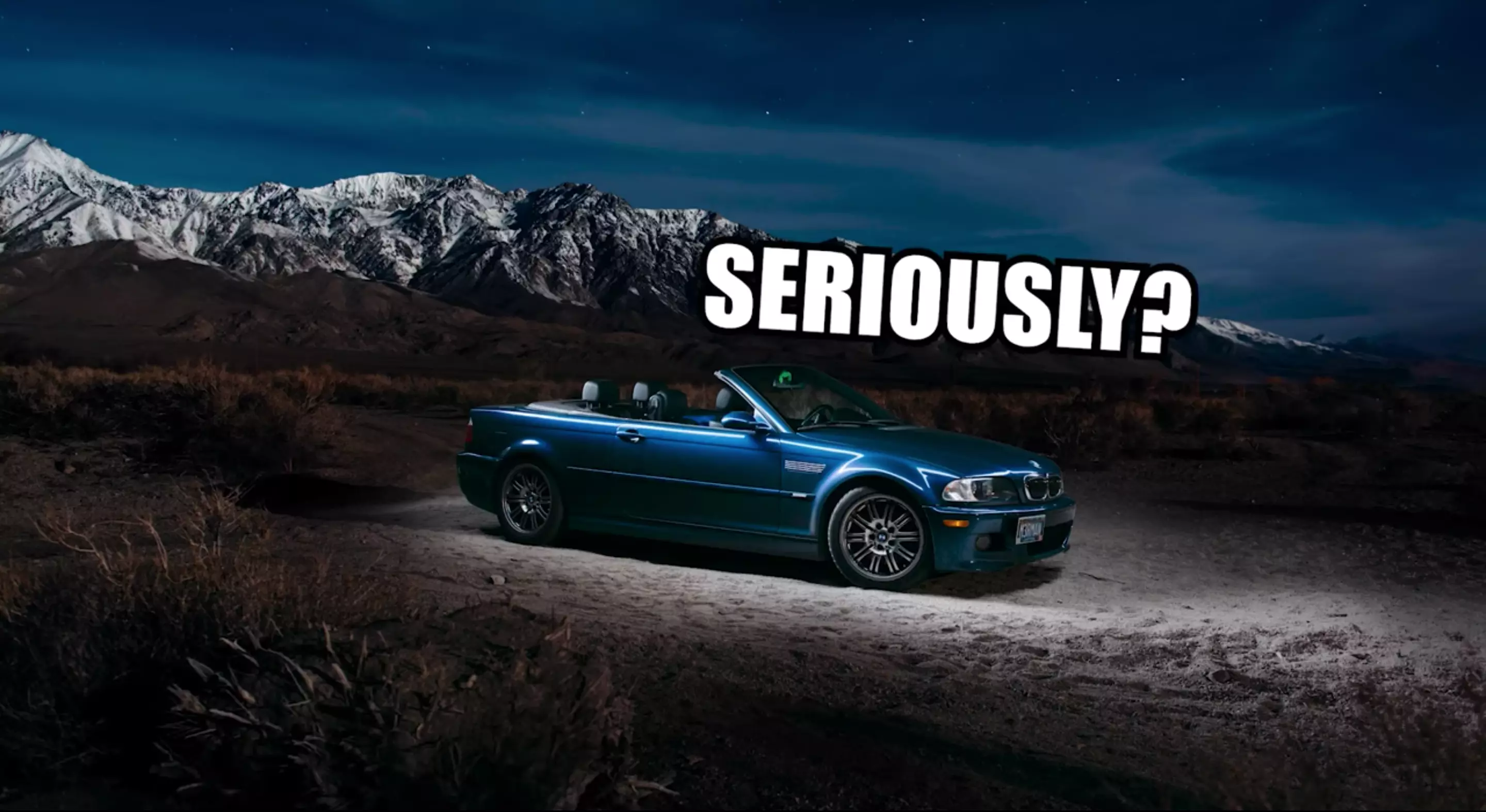Light painting is one of those things in the photographer’s arsenal that everybody learns early on, has mass appeal, and is a cheap way of getting close to emulating a studio lighting situation. Nothing will beat a classic set of strobes, diffusers, and modifiers, but light painting gets damn close for a small percentage of the cost. Whenever you see pictures of glowing orbs or lines surrounding a car, that’s a light painting.
Before I started my illustrious career as a blogger sipping whiskey and eating USDA prime filet mignon, I was a semi-professional car photographer. I say semi-pro because while I did get paid regularly for my work, I felt creatively unfulfilled in my regular work and it became a cookie cutter sort of gig. I follow many of the industry’s great photographers with equal parts jealousy and respect, and I watch whenever they post tips or secrets. Automotive photog Kevin McCauley (Capturing The Machine) just did a video about light painting, and it’s fun to watch and informative.
McCauley explains it a little bit in the video, but light painting is conceptually very simple. You get your camera at night, set the shutter speed to several seconds (usually up to 30), and finesse the aperture to get your desired exposure. I usually pin ISO to the minimum for the least noise. Noise just means a kind of digital grain that looks uglier than film grain and makes things fuzzy and causes color to wash out. Get a tripod, get a light source, set your camera to a timer, and paint away!

My favorite part of the video is McCauley low-key roasting the trap most car-based light painters fall into: A perfectly studio-lit car in the middle of nowhere. One of the most important things about a good photo is context. Context gives the image tension, a purpose, and a je ne sais quoi that makes people come back to it, love it, and probably even buy a print. Not to mention, a car in the middle of the desert with no other context other than the silhouette of some nearby hills is kind of creepy.
While I’m nobody to talk because I have plenty of “random car in desert” light paints from 2014-2016, his advice will set many younglings on the right path in searching for a scene, or context. The subject (which is the car) is important, sure. The scene, background, and detail are all just as important. McCauley uses his $17 LED rope light to create those clean waves of light you see surrounding studio-shot cars, and it adds a texture and tactility that the image might not have had otherwise.
Now I kind of want to go out and screw around with this stuff again. I love taking car pictures when I have a cool car to do it with. For years I had stuff that looked kinda boring but has a heart of gold, and now with my Mystic Blue BMW ZHP, I might have found a worthy subject to place in some scenes. I’ll certainly be watching this video for the tips and tricks.









